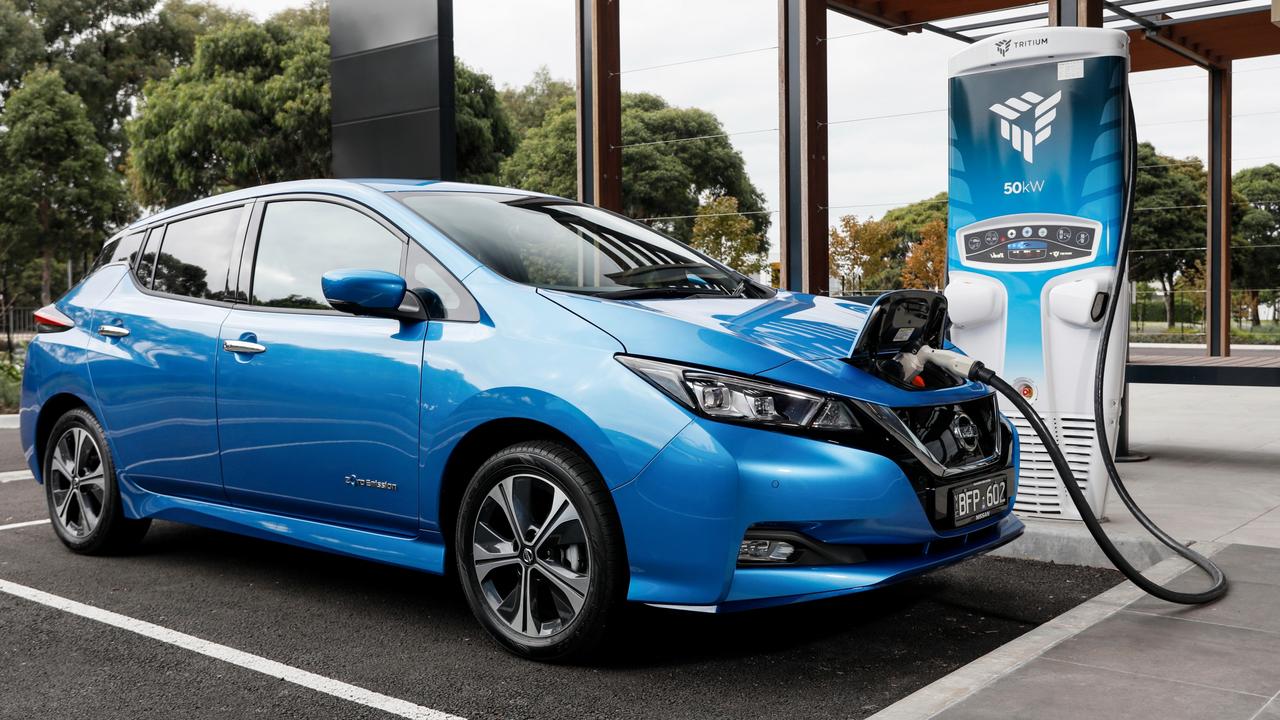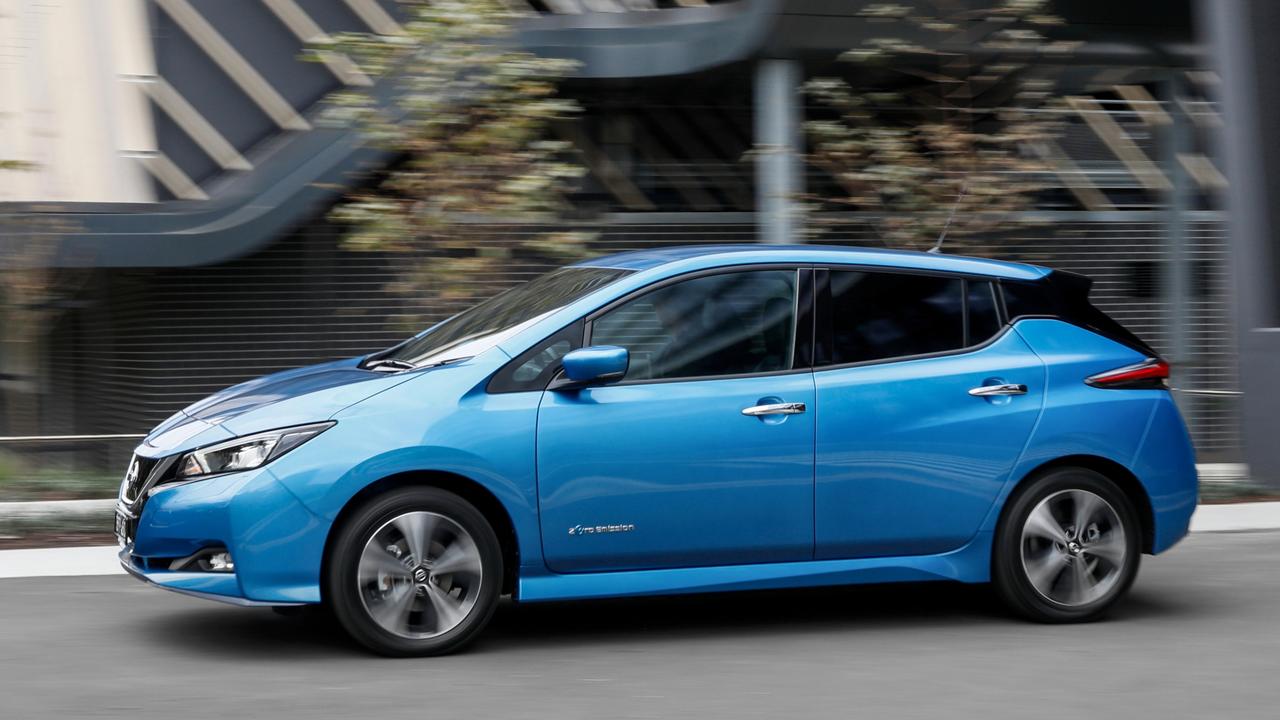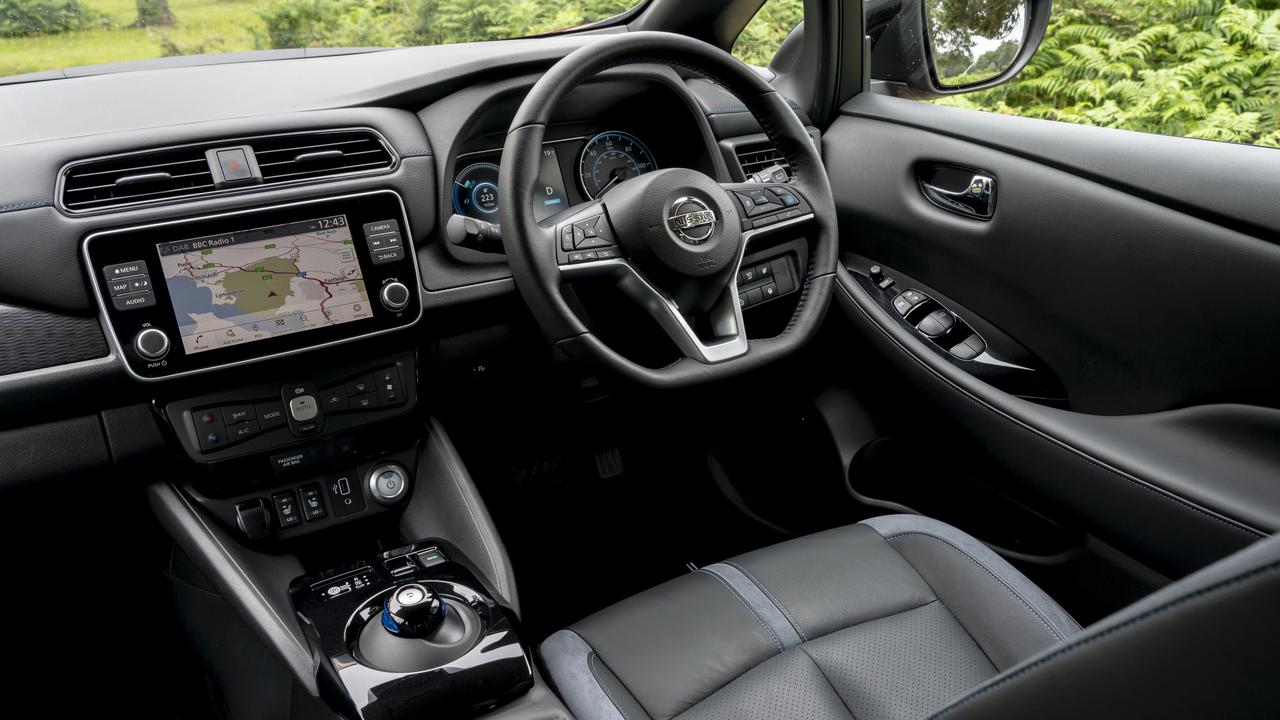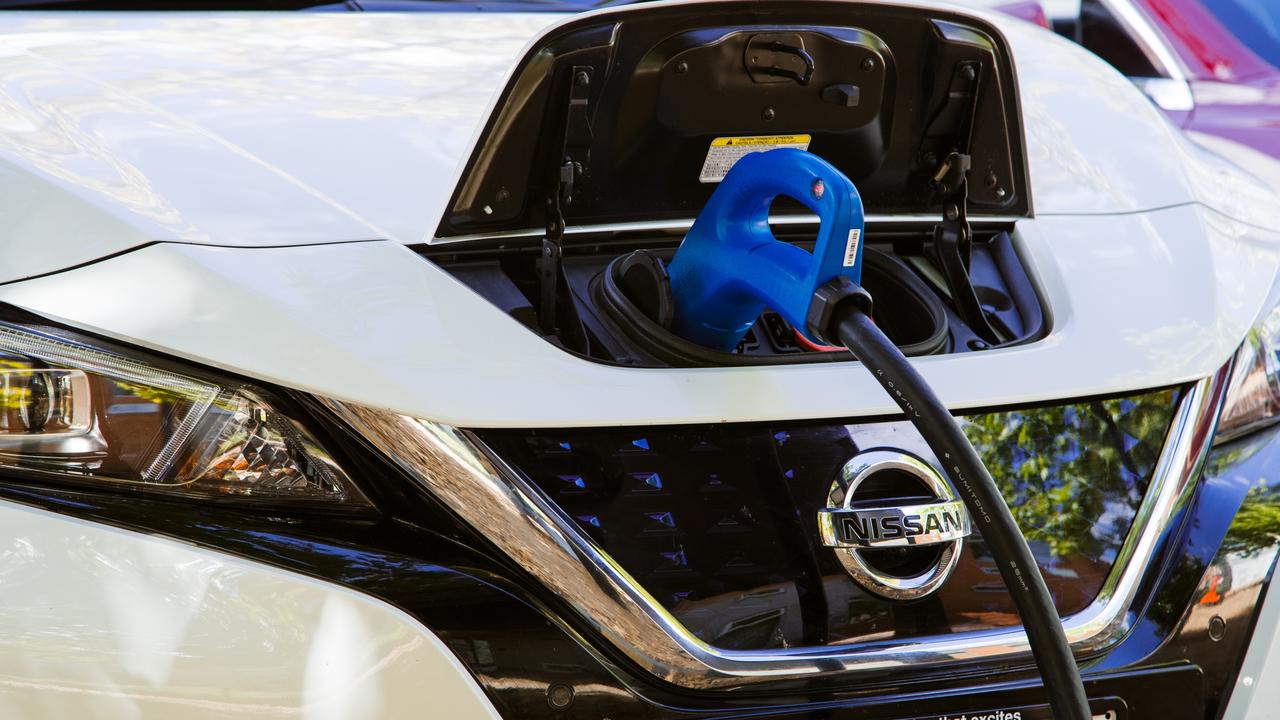2021 Nissan Leaf long term review: Reality of owning an electric car exposed
A brutal new tax by one state has kicked in this week, targeting a select few vehicles and one specific type of car even gets hit twice.
Two months into our long-term loan of the Nissan Leaf we received a strange request from Nissan head office.
They wanted us to take a shot of the odometer ahead of the introduction of an EV road tax by the Victorian Government on July 1.
It’s the first EV tax in the world and critics say it will pull the handbrake on EV sales in the state.

A handbrake is not required – EVs make up less than 1 per cent of new-car sales in Australia.
Plug-ins make up less than 1 per cent of new-car sales.
Ironically, our Leaf is based in Sydney, so Nissan is effectively paying Victoria a road tax for the car to be driven on New South Wales roads.
Most of the car industry is based in Victoria but most of the motoring media is based in Sydney, so this will become a recurring theme as more EVs are launched locally.
Smart companies will simply begin registering their EVs in New South Wales, especially after the NSW Government announced it didn’t plan to introduce a road tax on EVs until 2027.

At least the Leaf is a full EV. Anyone who buys a plug-in hybrid in Victoria will be taxed twice – they’ll pay the fuel excise when they fill up and an EV road tax for every kilometre they drive.
Apart from the odometer request, our second month with the Leaf has been pretty normal.
We did a long drive up the freeway when we first got the car, but in the past month we’ve focused on urban driving, where most EVs are likely to spend the bulk of their time.
The Leaf seems in its element in the cut and thrust of the urban commute, darting effortlessly – and briskly – into gaps in the traffic and gliding along smoothly and silently in bumper-to-bumper driving.

Nissan claims you can drive the Leaf with just one pedal, as the car’s “e-Pedal” will slow and stop the car when you lift off the accelerator, without the need to touch the brake.
It’s just like driving a golf cart and when you get used to it, the brake becomes something you only use in emergencies.
It also makes a big difference to energy consumption. On a 53km round trip in the city with the e-Pedal engaged, we lost just 34km of range.
On another 100km loop that included city traffic, highway and a blast along a winding road, we used just 83km of range. We cheated on that one a little, though, turning the aircon off halfway through.

EVs make you try that sort of stuff, especially when the dash readout tells that winding down a window instead of cranking up the aircon can save you 20km of range.
Recharging the Leaf does take a little planning, though. If you’re heading down to the holiday house for the weekend, you need to leave plenty of time to fill the battery – it’s not like giving the iPhone a quick burst.

From empty, hooked up to a standard power point, the Leaf will take 32 hours to charge fully. If you buy a wall charger, it’s a more manageable 11.5 hours. We haven’t really let the battery drop below 30 per cent but it still takes a full day to charge up to 100 per cent.
Not quite as convenient as popping into a petrol station on your way out of the city.
2021 NISSAN LEAF e+ VITALS
Price: $60,490 plus on-roads
Warranty/servicing: 5 yrs/unlimited km, $1413 for 5 yrs/100,000km
Safety: 5 stars, 6 airbags, autonomous emergency braking, lane keep assist, 360-degree camera, driver monitor, blind-spot warning
Electric motor: 160kW/340Nm
Thirst: 18.0kWh/100km
Spare: Space-saver
Boot: 405L




